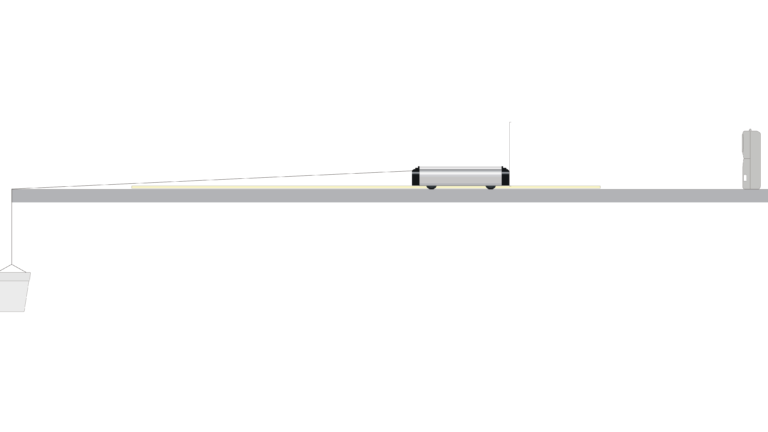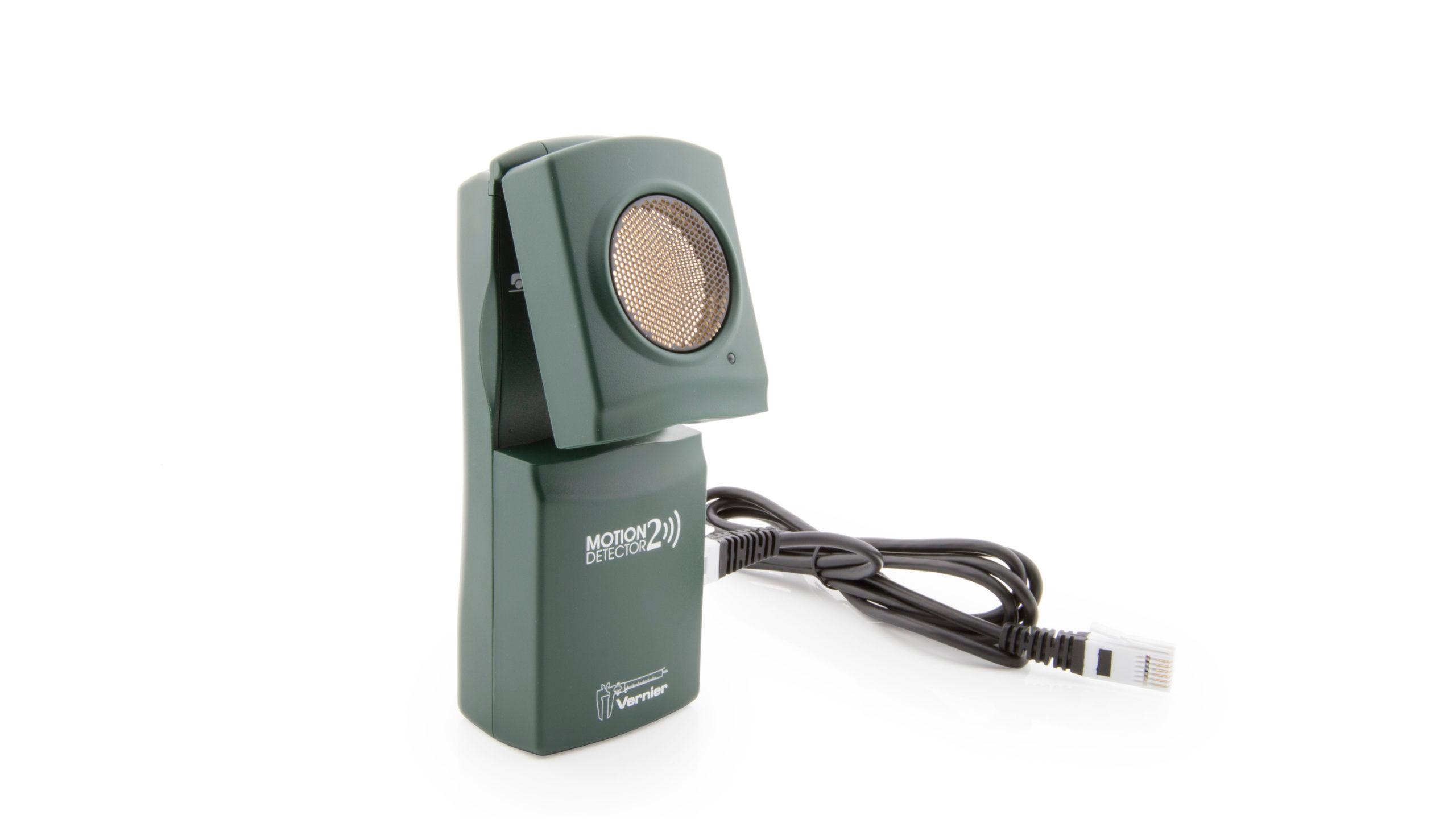
Introduction
Newton’s second law of motion explains the relationship among force, mass, and acceleration. In this activity, you will study the relationship between acceleration and mass, while keeping force constant. A car carrying different masses will be pulled across a table by a hanging weight—the constant force. Acceleration will be measured using a computer-interfaced Motion Detector. You will plot a graph of acceleration versus mass, and then use the graph as you make conclusions about the relationship between mass and acceleration.
Objectives
In this experiment, you will
- Use a Motion Detector to determine acceleration.
- Record data.
- Graph data.
- Make conclusions about the relationship between mass and acceleration.
Sensors and Equipment
This experiment features the following sensors and equipment. Additional equipment may be required.
Ready to Experiment?
Ask an Expert
Get answers to your questions about how to teach this experiment with our support team.
- Call toll-free: 888-837-6437
- Chat with Us
- Email support@vernier.com
Purchase the Lab Book
This experiment is #39 of Physical Science with Vernier. The experiment in the book includes student instructions as well as instructor information for set up, helpful hints, and sample graphs and data.








